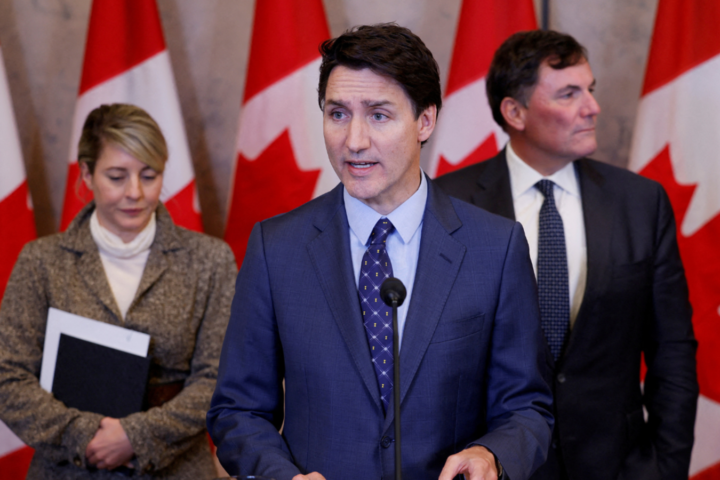The United States continues to lead the world in providing financial and military aid to Ukraine, with billions of dollars allocated to support the embattled nation since Russia’s invasion in February 2022. In a monumental shift, Ukraine has become the largest recipient of U.S. foreign aid, a position not held by any European country since the post-World War II Marshall Plan.
In total, the U.S. Congress has passed five major aid packages for Ukraine, with the most recent approved in April 2024. Together, these bills amount to $175 billion, benefiting various sectors of Ukrainian society, from refugees and law enforcement to independent media. A significant portion of the aid, however, has been focused on military assistance.

Despite the headline figure, not all of the aid directly benefits Ukraine. Of the total $175 billion, $106 billion is earmarked for direct assistance to the Ukrainian government. The remainder funds U.S. activities linked to the conflict, as well as support for other affected countries in the region. A large share of the money also stays within the United States, fueling domestic defense production as factories across the country manufacture weapons for Ukraine and replenish U.S. military stocks.
A report by the American Enterprise Institute found that Ukraine-related defense manufacturing is spread across more than 70 U.S. cities, underscoring the domestic economic implications of the aid. The weapons systems, intelligence, and training provided by the U.S. have played a critical role in bolstering Ukraine’s defenses against Russia’s military, one of the largest and most powerful in the world.

Strategic Interests Behind U.S. Aid
The Biden administration and its allies view the conflict in Ukraine as a direct threat to global security and a potential precursor to further aggressive actions by Russia or other rival nations, particularly China. The U.S. and NATO allies see Russia’s invasion as an illegal act of aggression that, if successful, could destabilize the region and embolden other authoritarian regimes to pursue similar actions.

The aid has not come without criticism, however. Some Ukrainian officials and supporters have expressed frustration over delays in the delivery of critical weapons, arguing that these setbacks have hindered Ukraine’s military efforts. They contend that the slow pace of weapons transfers has allowed Russia to regroup and reclaim territory, particularly along the eastern front.
Despite these complaints, Western allies have gradually relaxed their initial hesitations, providing Ukraine with more sophisticated and powerful weaponry. In the summer of 2023, the U.S. permitted European allies to send U.S.-made F-16 fighter jets to Ukraine, with several nations, including Belgium, Denmark, and the Netherlands, pledging over 60 of the advanced aircraft.

In addition to these jets, the Biden administration has supplied a wide range of defense systems, from Abrams battle tanks and anti-aircraft missiles to coastal defense ships and advanced radar systems. Early in 2024, the U.S. also began delivering long-range precision missiles, known as ATACMS, capable of striking targets up to 200 miles away. However, concerns about escalating the conflict have led the U.S. to restrict the use of these weapons on Russian soil.
U.S. Aid in Global Context
When compared to U.S. foreign aid to other nations over the past few decades, the support provided to Ukraine is among the largest in history. Yet, relative to the U.S. economy, the total aid to Ukraine appears less significant when contrasted with other substantial expenditures, such as the Pentagon’s annual budget or the financial rescue efforts during the 2008 economic crisis.

Nevertheless, the scale of U.S. aid to Ukraine remains unmatched globally, even as other wealthy nations, including Germany and Poland, have contributed substantial military aid. When measured relative to their economies, some European countries have made larger financial commitments to Ukraine than the U.S. Thirty countries, led by the U.S. and its European allies, have supplied Ukraine with major arms transfers in the two years since the war began.
As the conflict continues, the U.S. remains Ukraine’s most significant benefactor, driven by a mix of humanitarian, economic, and security interests. The outcome of the war may hinge on the ongoing flow of this aid, as well as on the international community’s response to Russia’s aggression on the NATO frontier.










